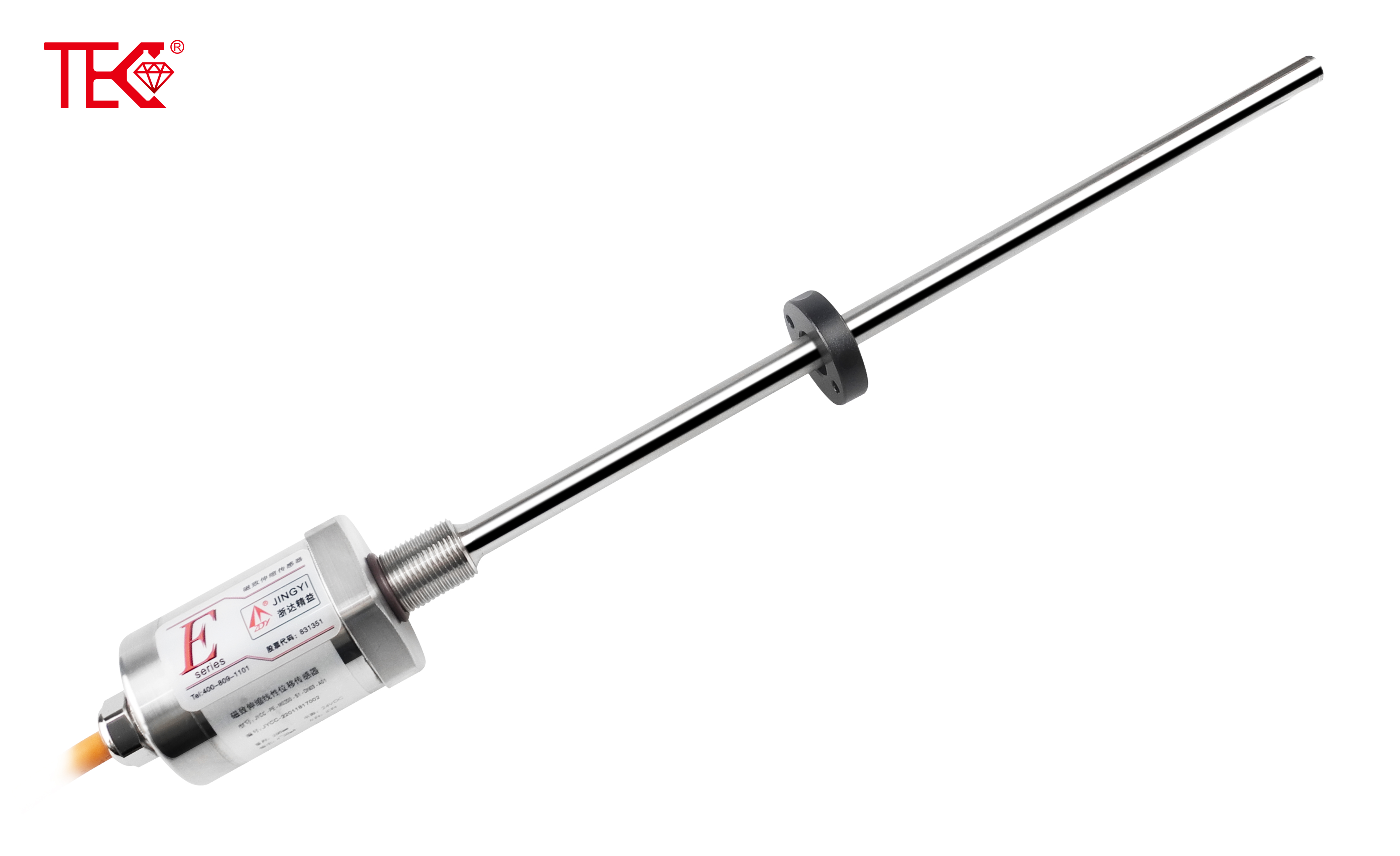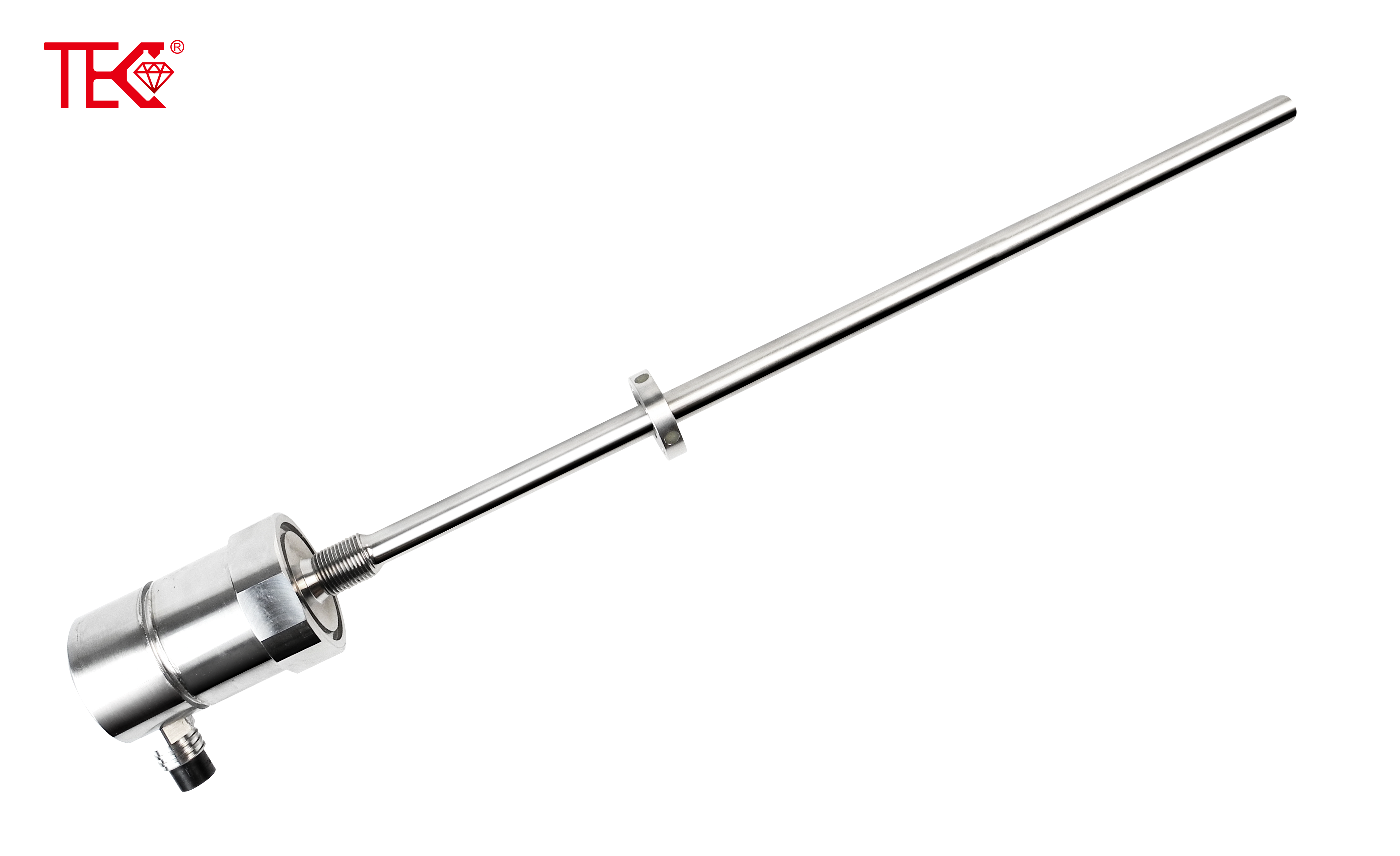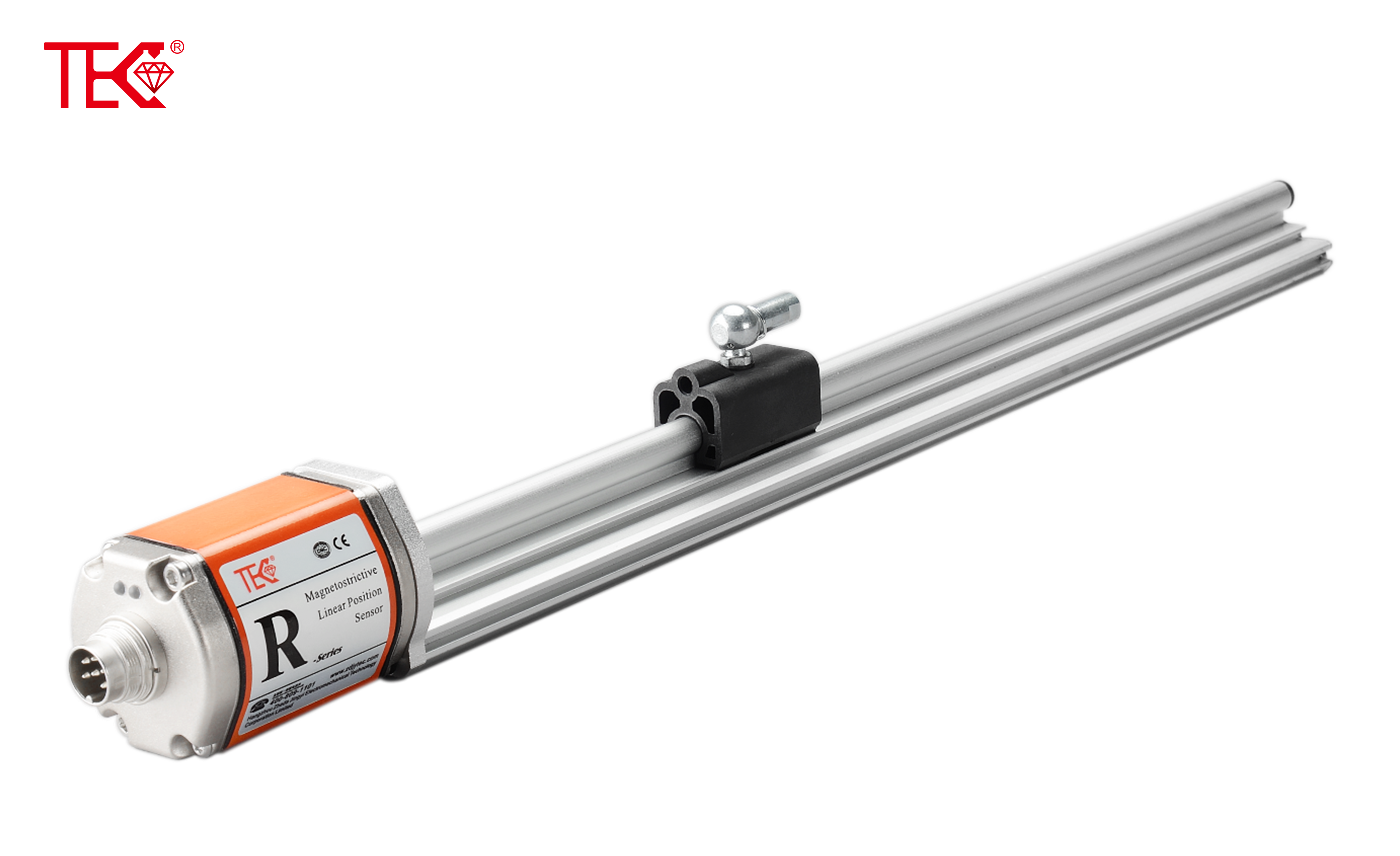Where can the magnetostrictive displacement sensor be installed?
Magnetostrictive displacement sensors, as high-precision and long-lasting position measurement devices, have found wide applications in industrial automation, hydraulic systems, and various types of machinery. Their unique measurement principle and non-contact operation mode enable the sensors to operate stably in various harsh environments, providing accurate and reliable position information. This article aims to explore the installation positions of magnetostrictive displacement sensors, offering practical references and guidance for users.
I. Internal Installation Positions
Internal magnetostrictive displacement sensors are typically installed within the measured object, such as the internal structures of oil cylinders or pneumatic cylinders. The advantage of this installation method lies in its direct contact with the measured object, which enhances measurement accuracy and stability. Specifically, the sensor is placed in a hole or groove of the measured object to ensure a tight fit and direct perception of its displacement changes.
Advantages:
- High Accuracy: Direct contact with the measured object reduces intermediate links, thereby improving measurement precision.
- Good Stability: Internal installation effectively mitigates the impact of external environments on the sensor, enhancing measurement stability.
- Real-time Feedback: It provides real-time and accurate reflections of the displacement status of the measured object, serving as a reliable basis for control systems.
Applicable Scenarios:
- Hydraulic systems requiring high-precision position measurement, such as oil cylinder position monitoring.
- Machinery with stringent requirements for measurement accuracy, including precision machine tools and robots.
II. External Installation Positions
External magnetostrictive displacement sensors are installed outside the measured object and connected to it through connecting components to achieve displacement measurement. This installation method is relatively simple and does not require internal modifications to the measured object, making it suitable for objects with special shapes or those that are difficult to fit with internal sensors.
Advantages:
- Easy Installation: No internal modifications to the measured object are required, simplifying the installation process.
- Wide Applicability: Suitable for various shapes and structures of measured objects, offering high flexibility.
- Lower Cost: Typically, lower costs due to the absence of special processing requirements.
Disadvantages:
- Potential Errors: The connecting components between the sensor and the measured object may introduce slight errors or affect measurement accuracy.
- Susceptible to Interference: External sensors are more vulnerable to environmental conditions such as vibration and temperature changes.
Applicable Scenarios:
- Measured objects with complex shapes or those difficult to fit with internal sensors.
- Scenarios with less stringent requirements for measurement accuracy.
III. Installation Considerations
Regardless of the chosen installation method, the following considerations should be addressed to ensure the proper operation and measurement accuracy of the sensor:
- Selection Matching: Ensure that the selected sensor model matches the specifications of the measured object, including measurement range and installation method.
- Installation Precision: Strictly follow precision requirements during installation to ensure the accurate relative position between the sensor and the measured object.
- Sealing Performance: For hydraulic systems or other sealed environments, ensure excellent sealing performance of the sensor to prevent medium leakage and sensor damage.
- Electrical Safety: During wiring and commissioning, pay attention to electrical safety to avoid accidents such as electric shock or short circuits.
IV. Conclusion
The installation position of magnetostrictive displacement sensors should be determined based on specific application scenarios and requirements. Internal installation offers higher measurement accuracy and stability, suitable for scenarios with stringent precision requirements. External installation, on the other hand, offers greater flexibility and convenience, making it applicable to various shapes and structures of measured objects. Regardless of the chosen installation method, attention should be paid to selection matching, installation precision, sealing performance, and electrical safety to ensure the proper operation and measurement accuracy of the sensor.
By selecting and installing appropriately, magnetostrictive displacement sensors can provide accurate and reliable position information for industrial automation, hydraulic systems, and various types of machinery, supporting the normal operation and troubleshooting of equipment.
 How to choose a magnetostricti
How to choose a magnetostricti
 Where can the magnetostrictive
Where can the magnetostrictive
 How to choose a magnetostricti
How to choose a magnetostricti
 Working principle of explosion
Working principle of explosion
